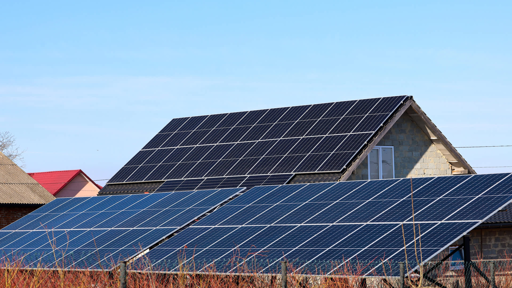cross-posted from: https://slrpnk.net/post/24690127
Solar energy experts in Germany are putting sun-catching cells under the magnifying glass with astounding results, according to multiple reports.
The Fraunhofer Institute for Solar Energy Systems team is perfecting the use of lenses to concentrate sunlight onto solar panels, reducing size and costs while increasing performance, Interesting Engineering and PV Magazine reported.
The “technology has the potential to contribute to the energy transition, facilitating the shift toward more sustainable and renewable energy sources by combining minimal carbon footprint and energy demand with low levelized cost of electricity,” the researchers wrote in a study published by the IEEE Journal of Photovoltaics.
The sun-catcher is called a micro-concentrating photovoltaic, or CPV, cell. The lens makes it different from standard solar panels that convert sunlight to energy with average efficiency rates around 20%, per MarketWatch. Fraunhofer’s improved CPV cell has an astounding 36% rate in ideal conditions and is made with lower-cost parts. It cuts semiconductor materials “by a factor of 1,300 and reduces module areas by 30% compared to current state-of-the-art CPV systems,” per IE.



Grid forming will just mean the keep running the house when the power goes off, it’s not safe for them to be pushing power when it’s disappeared, that has been set by regulation in many countries.
Small scale installations on regular houses are probably not the best for grid forming. Any pv installation with grid forming capability would be required to give some control to the grid operator because it’s their job to keep the grid stable.
What you describe is more like black start, providing power to the grind when it is down. This has to be controlled well, and only a few plants need to be capable of it.
Grid following means something like whatever the grid does, the inverter injects power supporting it. A grid forming generator or inverter also follows the grid somewhat, but tries to get it to an optimal condition. This entails things like voltage control by reactive power, frequency control by operating reserve, fault ride trough capability and so on. Many of those are naturally provided by large conventional power plants using synchronous generators like gas, nuclear or hydro. For inverter based systems, they have to be considered explicitly. For battery storage most are relatively easy to implement, some also in solar inverters. The tech exists, but yes, in some countries the regulations have not kept up with rapid expanse of inverter based power generation in the last years.